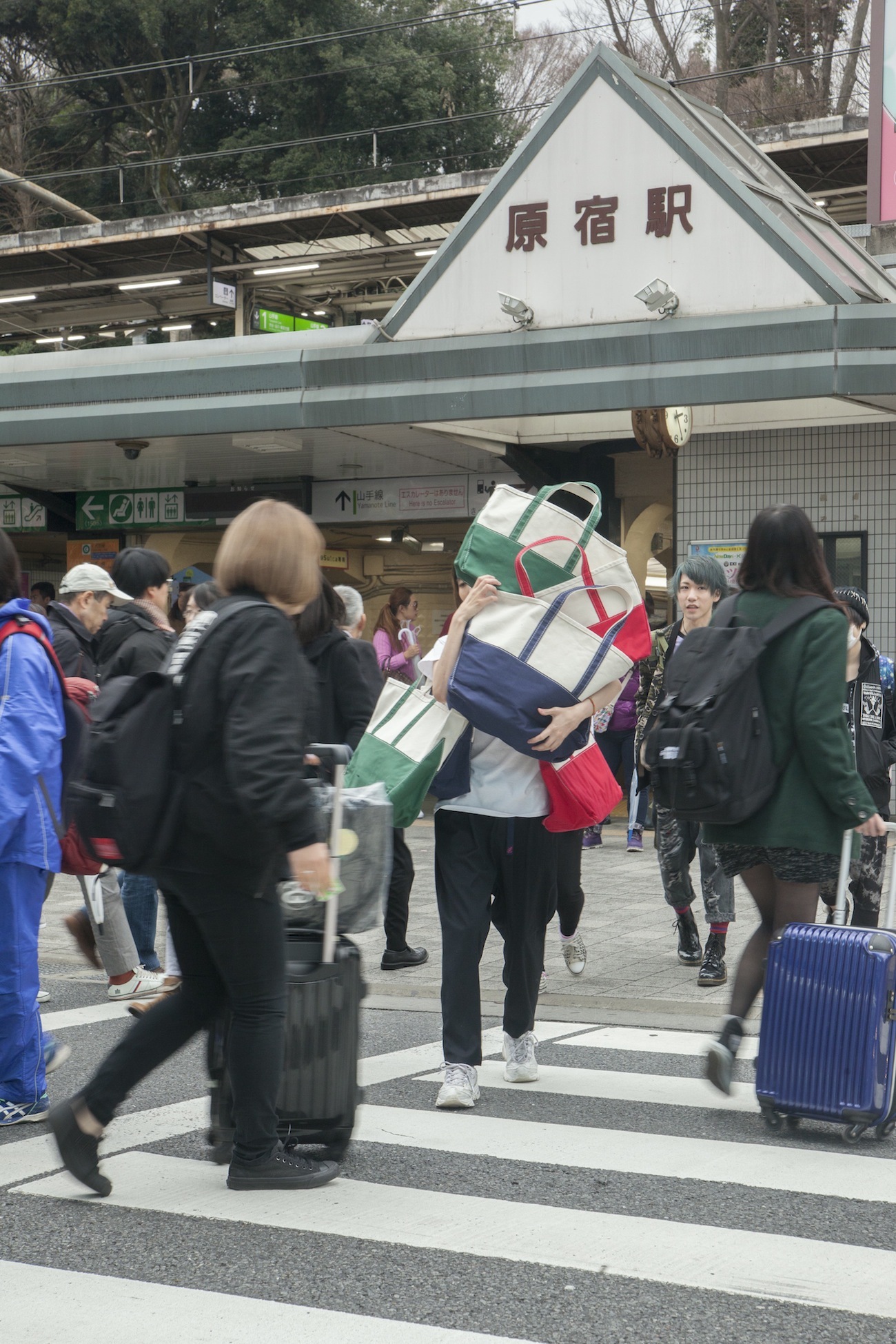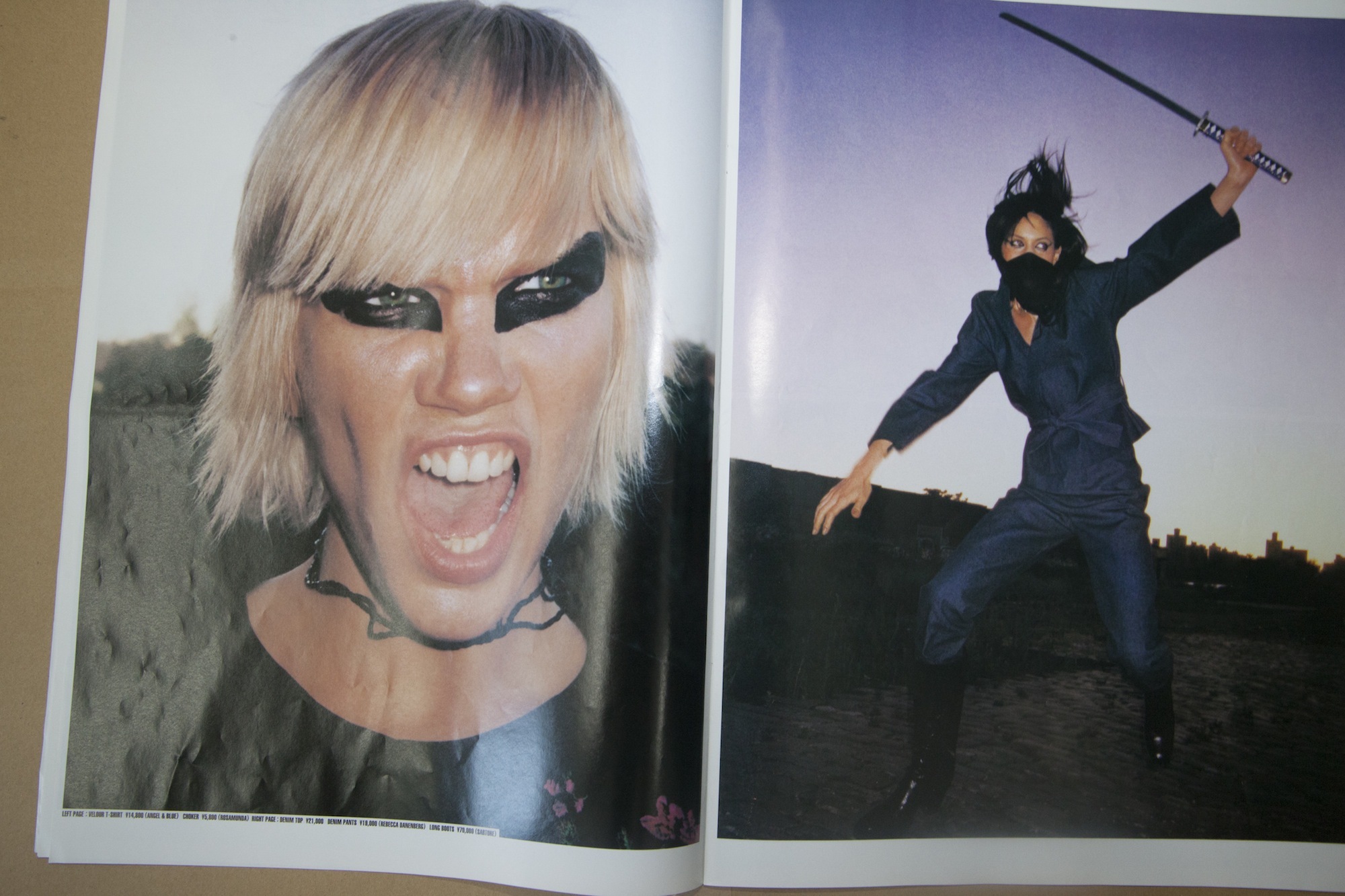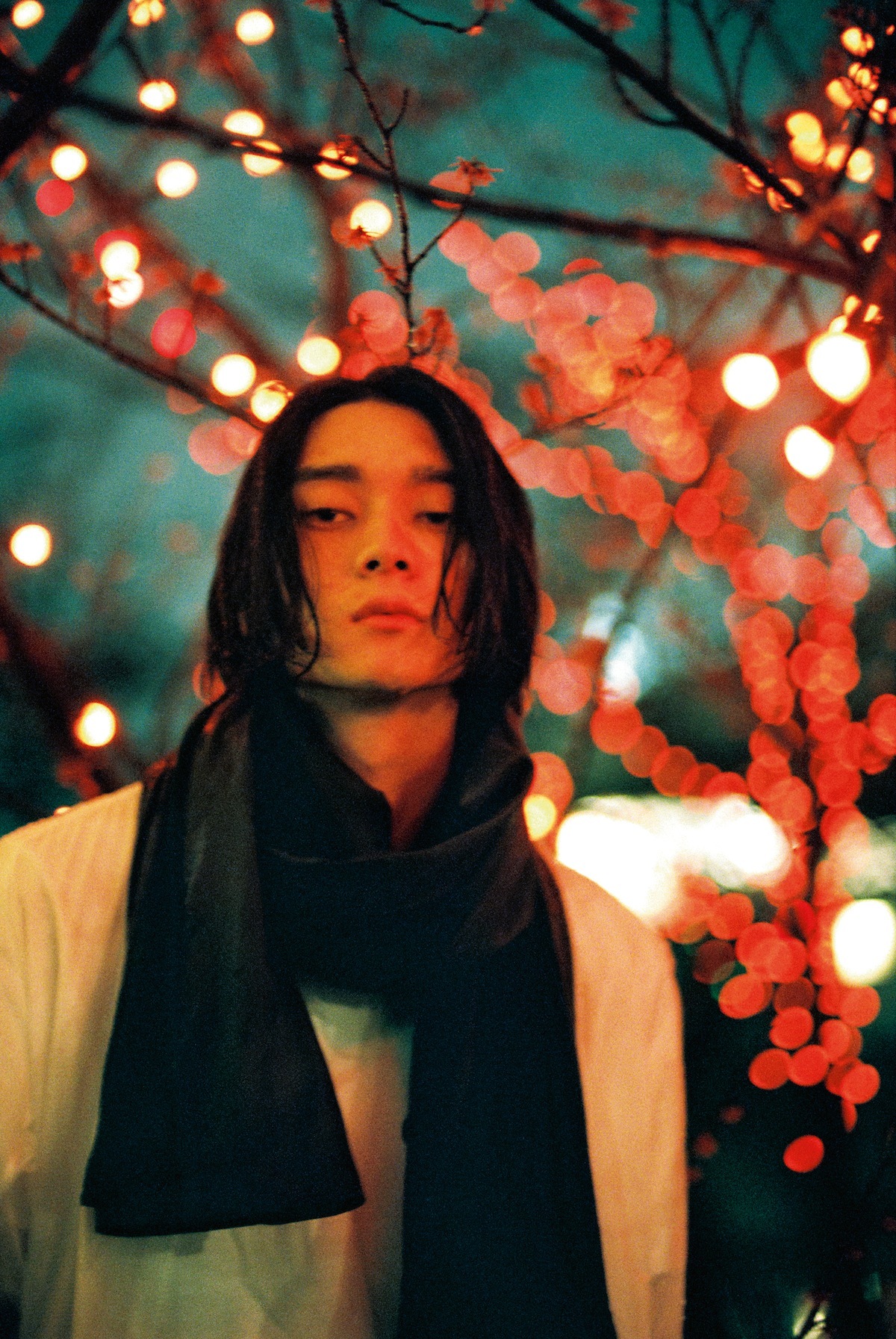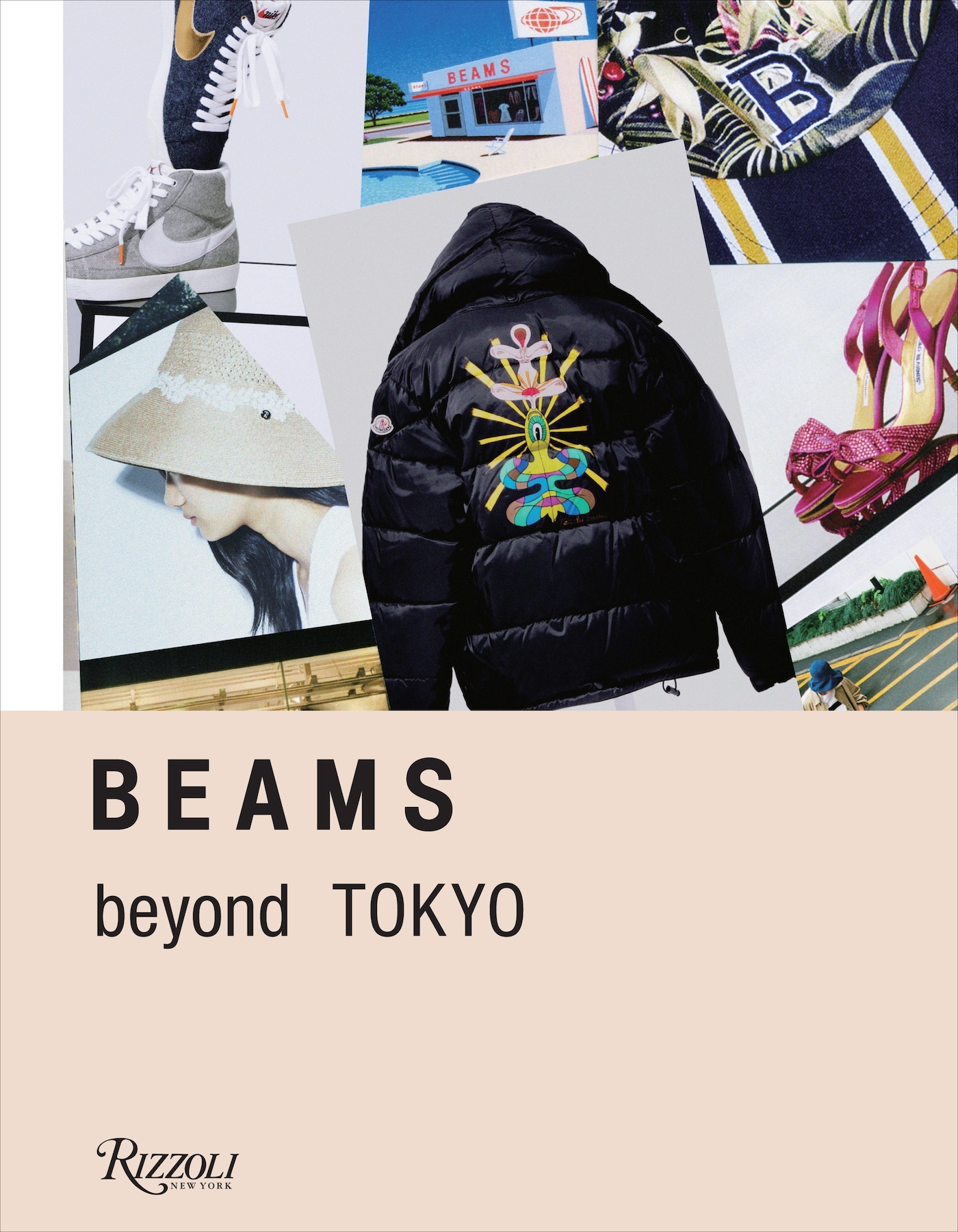In February 1976, Etsuzo Shitara opened a shop in Tokyo’s Harajuku neighbourhood modelled after a UCLA dorm room. (And at just 226 square feet, it was about the size of one, too). It carried the requisite West Coast college apparel, like athletic sweatshirts, but also everything such students would need — even mousetraps. Etsuzo titled this outpost “American Life Shop Beams,” reflecting its ambition of shining light on great products from a different part of the world — and leaving a smile on customers’ faces in the process.

Over the past 40 years, Beams’s vision has expanded far beyond Los Angeles campuses; first to the styles of East Coast Ivy League institutions, then fashion-forward European brands, and homegrown Japanese innovators like Yohji and Kawakubo — becoming a truly global force. But Beams has never lost sight of its original goal: to expand the possibilities of Japanese youth culture and to open Tokyo’s eyes to a wider world.

“I love how Tokyo is a mix of very modern and beautiful old traditions. No city has this extreme as much as Tokyo,” says Sofia Coppola in a short interview for Beams Beyond Tokyo, a new retrospective book released this week by Rizzoli. Her observation applies very much to the shop as well. The book — which also features conversations with Nigo and Sacai’s Chitose Abe — looks back at Beams’s history and evolution by illustrating its countless dynamic collaborations. Developing dedicated relationships with brands, artists, designers, craftspeople, manufacturers and factories, the Beams team has created its own complete universe of contemporary cool. The collective has partnered with Dickies, Disney, Nokia, Rodarte, L.L. Bean and Sacai to name only a few. They’ve created golf bags, merchandise for All Nippon Airways, traditional Japanese wooden dolls, Schott leather jackets, and Kewpie cell phone charms.

These collaborative efforts and archival highlights are captured through distinctly Beams imagery — characterised by a mix of playful inventiveness and undefinable cool. Rings are displayed on freshly cut asparagus. A balloon models an I <3 NY bucket hat and pair of Oakley shades; a dog sports one of Jessica Ogden’s patchwork quilts. Terry Richardson photographed Beams’s fall/winter 97 catalogue, and Mark Borthwick created a special card set in 1999.

Just a few years before that, Beams became one of the first Japanese retailers to carry Coppola’s MilkFed line. Launched with Linda Meltzer in 1994, it — and X-Girl, Kim Gordon and Daisy Von Furth’s label — developed cult followings in the Japanese 90s street style scene, anchored in Harajuku and Shibuya. Coppola later collaborated with Beams upon the release of her film Somewhere; Beams senior creative director Mago even made an appearance in Lost in Translation. “I felt I was really understood and accepted by Japanese culture back then,” Coppola explains of MilkFed’s 90s heydey in the book. “It seemed like Tokyo was run by teenage girls. It had a big youth culture, more than other places to me.” This has much to do with the fact that Beams believes this culture to be worth supporting and expanding.
‘Beams Beyond Toyko’ is available now.


Credits
Text Emily Manning
All images © Beams Beyond Tokyo with contributions by Sofia Coppola, Stella Ishii, Toby Bateman, Johnathan Barnbrook, and Nigo, Rizzoli New York, 2017
